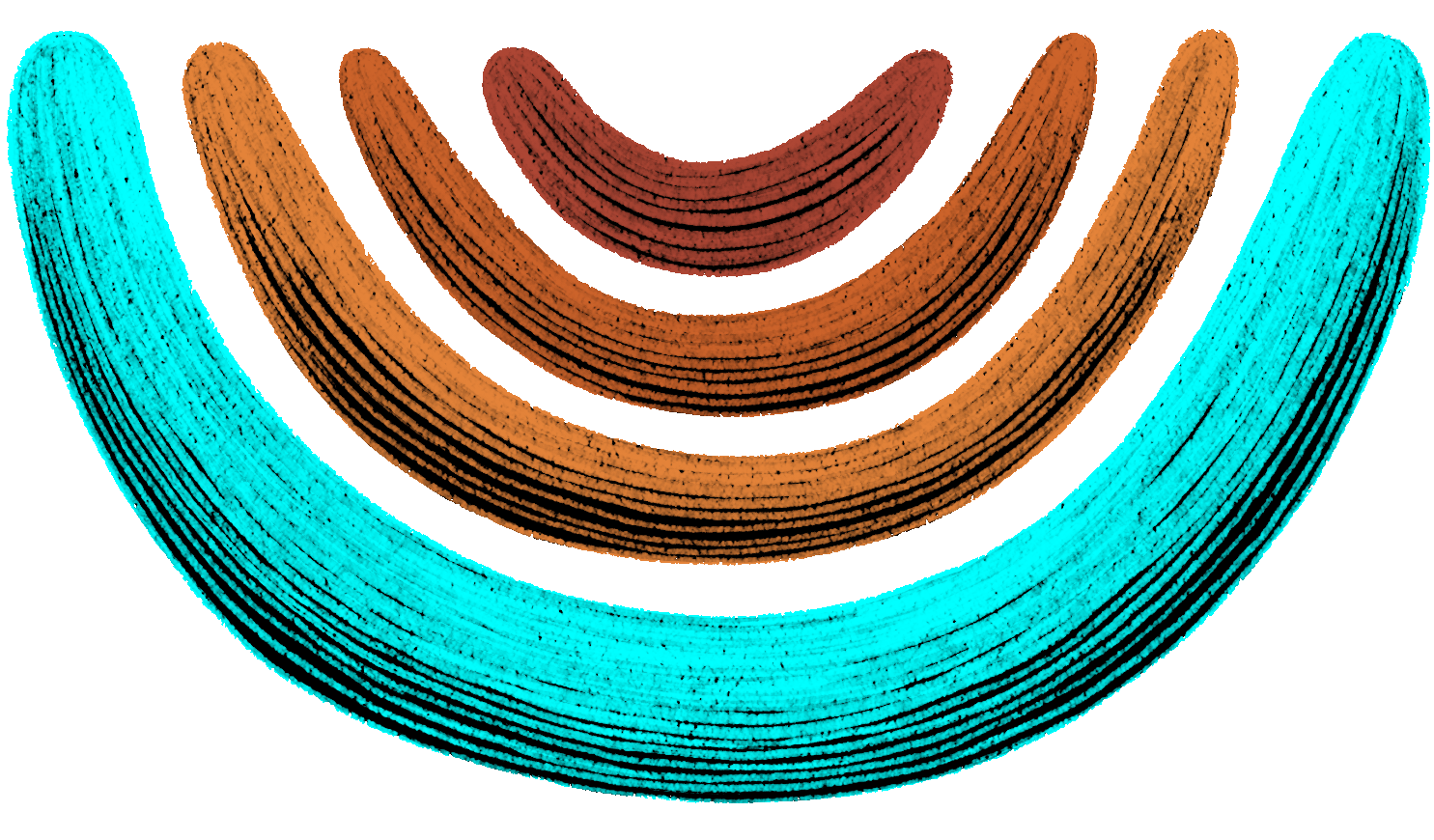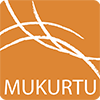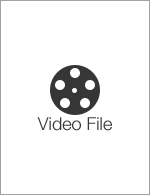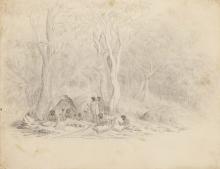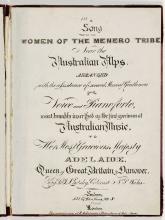Great Dividing Range: Language revitalisation at the Anaiwan Language Hub [video]
Language revitalisation is not just about language. It's about looking at language in a broader context, how traditional knowledge has been disconnected from the language, that's been, I guess you could say imprisoned on the pages of linguists' and anthropologists' notebooks so I guess liberating that language from those archival records and reconnecting it with that traditional knowledge that goes with it, whether it's to do with what particular plants were used for or particular stories that are connected to particular words.
Yaga Ambēyang, iyōnga, nura, lambara.
My name is Callum Clayton-Dixon –
and my family, my people, are Ambēyang, from around Walcha, Ingelbah and Woolbrook at the southern end of the New England Tableland, we’re, at the University of New England, in what has become the new Anaiwan Language Hub, here is where we do a lot of the organising and research work in relation to the Anaiwan Language Revival Program, which was founded in early 2016.
Our language hasn't been spoken fluently since maybe the 1940s, 1950s, at the latest, so we've had to rely completely on archival materials to reclaim our language.
CALLUM: Nyanga indya?
KIDS: Nyanga indya?
CALLUM: Indya lāwanha
KIDS: lāwanha
CALLUM: Indya mbwonda?
KIDS: Indya mbwonda?
CALLUM: Īna indya mbwonda, indya yīganga.
CALLUM & KIDS: Eye, yīganga, yīganga, eye.
UNCLE STEVE WIDDERS: I'm all for the retention and revival of languages because it's also going to retain our Aboriginality and revive our identities as Aboriginal people.
Adults... For the first time in generations adults are learning off the kids because the kids are so informed, they're so articulate, and they can pick up things much quicker than the adults.
CALLUM CLAYTON-DIXON: We began by using a teaching technique called Accelerated Second Language Acquisition, which was designed by an Arapaho linguist from over in the States. It essentially just involves using visuals to get people speaking and listening to their own language and there's essentially no English involved. And from watching people who had never been exposed to essentially any of the language before being able to start speaking it immediately and acquire quite a lot of content in a very short amount of time, just within one, two, three, four classes, like, that was really, really amazing to watch.
And to watch, like, five-year-olds to 30, 40, 50, 60-year-old people all learning in that same way and sharing that experience, that learning experience, and watching some of the young kids take older fellas through the content who’d been coming to the classes, I thought that was really cool.
I'm feeling very positive about the future of our language revitalisation project. And I think one of the things that has made me feel that way has been watching - gwānga, watching children pick it up and use it and not have to be prompted to use it. It's just some natural process of them acquiring the language and feeling comfortable using the language.
CALLUM: Indya ērbadha?
KIDS: Indya ērbadha?
CALLUM: Eye
KIDS: Eye
CALLUM: Indya ērbadha.
KIDS: Indya ērbadha.
GIRL: Eye
BOY: Eye
